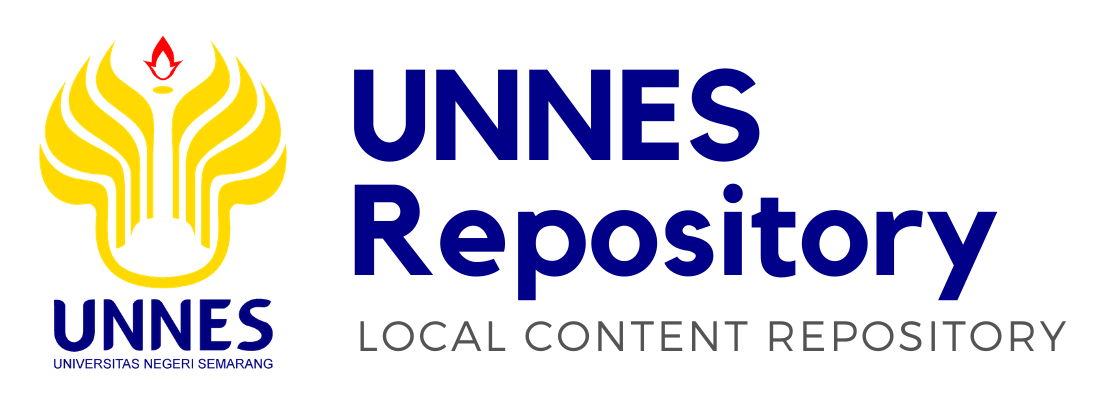Leaching of Alkali and Alkaline Earth Metallic Species from Rice Husk with Bio-oil from Its Pyrolysis
Karnowo, - (2014) Leaching of Alkali and Alkaline Earth Metallic Species from Rice Husk with Bio-oil from Its Pyrolysis. Energy Fuels, 28 (10). pp. 6459-6466.
Preview |
PDF
Download (980kB) | Preview |
Abstract
Removal of alkali and alkaline earth metallic (AAEM) species, in particular, that of potassium, is an effective way to upgrade rice husk, because its combustion and gasification often suffer from the formation of potassium silicate with a low softening or fusion temperature. This work has been investigating the leaching of AAEM species with a bio-oil (BO) from the pyrolysis of the parent rice husk. The leaching with BO, which had a pH of 2.59, gave removal rates of K and Na equivalent to or higher than those with an aqueous solution of hydrogen chloride (HCl aqueous) or acetic acid (AcOH aqueous) at pH of 2. The leaching abilities of BO in terms of the removal rates of Mg and Ca were equivalent to HCl aqueous at pH 0 and AcOH aqueous at pH < 2, respectively. Such performances of BO arose from the presence of not only AcOH with a concentration of 6 wt % but also phenolic compounds (phenol, alkylphenols, and methoxyphenols). The phenols permeated into the organic matrix of the rice husk, forming hydrophobic interactions as well as hydrogen bonds with macromolecules, making the matrix more accessible to AcOH and water, and thereby promoting the leaching of organically bound AAEM species. The result of the leaching test with a simulated BO quantitatively demonstrated the role of the phenolic compounds as the leaching promoter.
| Item Type: | Article |
|---|---|
| Subjects: | T Technology > TP Chemical technology |
| Fakultas: | Fakultas Teknik > Pendidikan Teknik Mesin, S1 |
| Depositing User: | dina nurcahyani perpus |
| Date Deposited: | 04 May 2021 04:33 |
| Last Modified: | 04 May 2021 04:33 |
| URI: | http://lib.unnes.ac.id/id/eprint/43868 |
Actions (login required)
 |
View Item |
